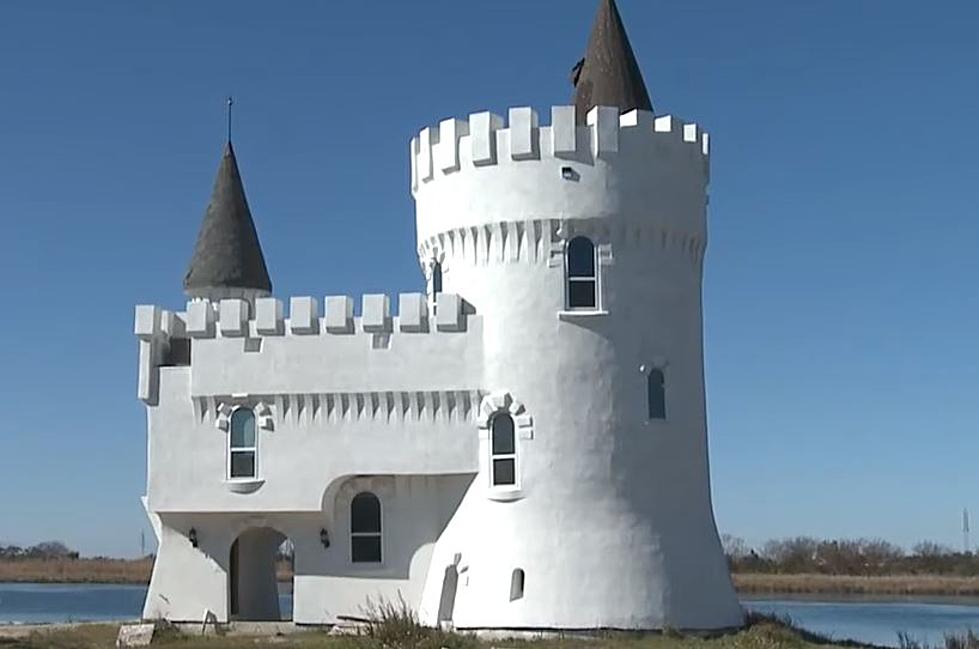
The 9 Marvelous, Magical Wonders Of New Orleans
New Orleans. It's a special place filled with whimsical architecture and old city buildings, haunted tales, mysterious Bayous and swamps, a magical centuries-old downtown, one-of-a-kind cuisine, and musical history tales. What's not to love?
HISTORY OF NEW ORLEANS
It is the second oldest city in Louisiana and by far the most recognized city in the world. Founded in 1718 by Jean-Baptiste Le Moyne de Bienville, the city was under French rule, then ceded to Spain, and back to French control until Napoleon sold the city and the state of Louisiana to the United States for $15 million in the Louisiana Purchase of 1803.
The original inhabitants of the land the Big Easy sits on were the Chitimacha Indians. The tribe inhabited the Mississippi Delta along the upper sections of the Bayou, now Part Barre, to an area known as St. Martinville for more than 6,000 years. Other Indigenous tribes include the Choctaw, Houma, Coushatta, Natchez, Caddo, Atakapa, Tunica, Black Indigenous, and Acolapissa. To this day, the Chitimacha tribe is still near the NOLA area, living an hour away on a reservation next to the town of Charenton.
Other ethnic groups arrived around the 1700s, such as the French, Spanish, Africans, Irish, Italians, Germans, Anglo-Americans, Haitians, Asians, West Indies, Acadians, Canadians, French Creoles, Philapinos, Creoles of color, Caribbean, Latino, and Cajuns.
The people are diverse, as are their various traditions, religions, superstitions, and cultures. They are the reason New Orleans is so unique from the vibrant music, world renown architecture, to the mysterious cities of the dead, delectable foods and magical festivals and more. New Orleans is such a unique, eclectic, mysterious, place. The next time you visit, check out these 9 Marvelous, Magical Wonders:
#1 - THE DOULLUT STEAMBOAT HOUSES OF NEW ORLEANS
The Doullot Steamboat Houses are located in the historic Holy Cross neighborhood in the Lower Ninth Ward. The same neighborhood was destimated by flood water caused by Hurricane Katrina. Despite the homes being near the levee downriver from the French Quarter, they survived!
They were built by steamboat Captain Milton Doullut and his son. Doullut was a steamboat captain and built two homes, one 1905 and other in 1913. Both homes look like steamboats, but Doullut's design is the only reason the home made it.
The steamboat captain made the first floors out of ceramic inside and outside!
A prime example of New Orleans' unique architecture, these early 20th-century homes were built to look like steamboats.
#2 SEANCE ROOM AT MURIEL'S JACKSON SQUARE
Are you interested in having cocktails, dinner, and meeting a ghost or two? The Séance Room at Muriel's Jackson Square is the place for you! To set the mood, two Moulin Rouge-style rooms are decked out in Parisian furnishings, fancy tassels, and diamond-tufted red silk walls. Tucked away on the second floor customers can enjoy spirits of another kind and a fine meal at the restaurant.
Tempt spirits on the other side if you dare. You won't have to look far as the 19th-century building is reportedly haunted by resident ghost, Pierre Antoine Lepardi Jourdan who allegedly hung himself at that location. By the way, seeking spooky spirits isn't all this creepy restaurant is up to. Classic Creole fare offers mean Sunday jazz brunch! a Sunday jazz brunch.
#3 THE NATIONAL WORLD WAR II MUSEUM
Discover the story of war through photos, first-person oral histories, the massive collection of artifacts, immersive exhibits, and multimedia experiences in this evolving museum. The history takes visitors inside the story of the war that changed the world. Explore beyond the galleries, and watch a film narrated by Tom Hanks. Check out the Boeing Center where bomber and fighter planes are on display including the iconic D-Day Higgins boats, which were designed and built in New Orleans.
#4 JEAN LAFITTE NATIONAL HISTORICAL PARK AND PRESERVE (BARATARIA PRESERVE)
Jean Lafitte National Historical Park and Preserve was established in 1907 in commemoration of the Battle of New Orleans. Visitors to the Barataria Preserve can take one of many trails that cut straight through the Louisiana Wetlands. Walk on the boardwalk Bayou Coquille Trail to see tree frogs, swamp rabbits, and alligators. The area also has more than 200 species of birds.
Barataria Preserve, outside Marrero, is 26,000 acres of bayous, swamps, marshes, and forests. Walk along boardwalks to enjoy wildlife, including alligators, and a beautiful, ever-changing backdrop of wildflowers and plants. Ironically, in the same wetlands and swamps, Jean Lafitte smuggled enslaved Africans through the same lands from which they escaped bondage. This preserve also has a rich human history as part of the Underground Railroad.
#5 CITY PARK AND THE GREAT LIVE OAKS
This historic park is home to some of the world's oldest trees, some more than 900 years old. New Orleans City Park is a true wonder, spanning one mile wide on more than 1,300 acres and being over 170 years old. The NOLA's city park is one of the largest in the nation and it has an interesting history as well.
Before the French colonized Louisiana, the park's land belonged to Native Americans (Chapitoulas / Houmas.) They used Bayou St. John, which runs through the park, as part of a trade route. In the 1700s, the Allard family purchased the land and built the Allard Plantation facing Bayou St. John. They would default on their loan and lose their slaves and land. The property taxes were purchased by businessman/slaveholder John McDonough, who willed the land to the City of New Orleans. The land was officially made a park one year after he died in 1854.
#6 LONGUE VUE HOUSE AND GARDENS
This world-class historic property features eight acres of stunning gardens, an interactive discovery garden for kids, art, a house museum, and more. The house is the second home built for the Stern family on this site.
The first house took several weeks to move via donkeys and logs. The first home still stands and is located 100 yards away. The gardens are perfectly tended and make you feel like you are stepping into an enchanted area.
This one-of-a-kind Treme' Museum features some of the greatest African and Black Native collections of New Orleans. The collections include the history of Black masking Mardi Gras Indians and the display of several costumes and processional traditions.
More From 107 JAMZ









